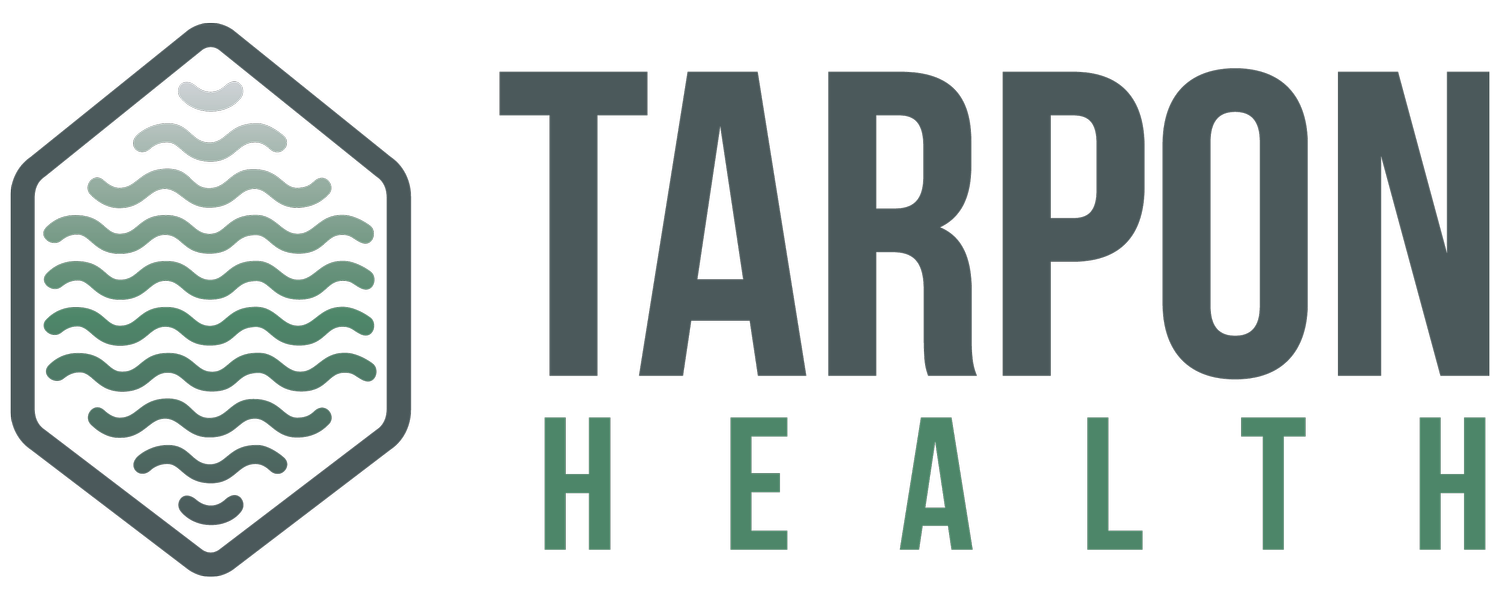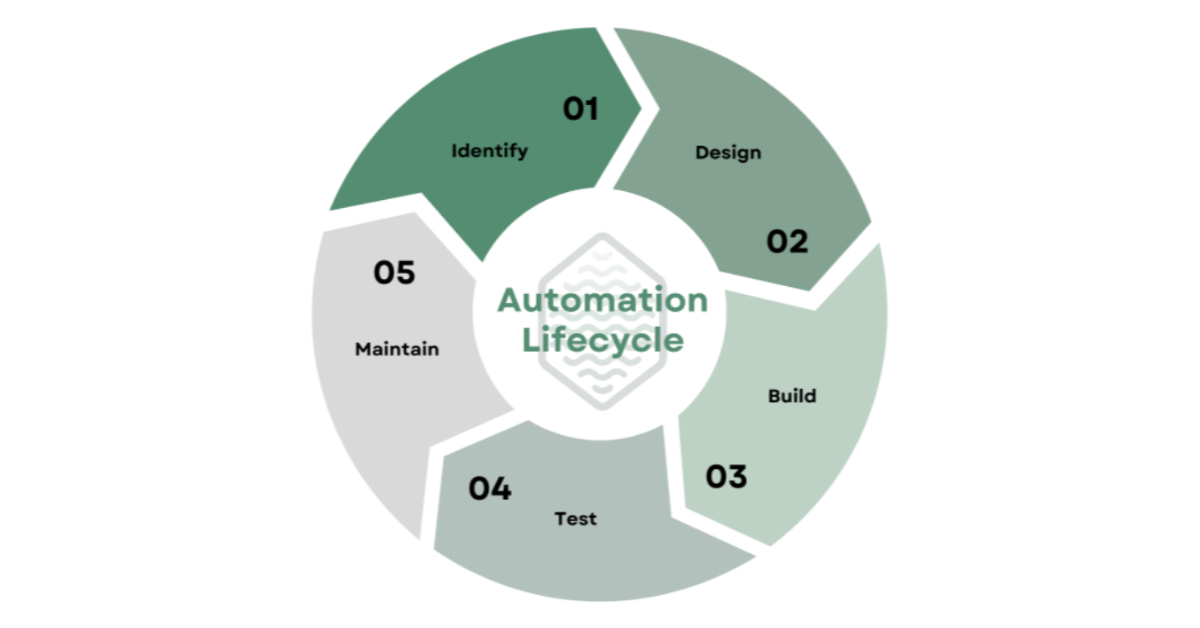Revenue Cycle Automation: How To Get Started
The healthcare landscape is evolving rapidly, demanding innovative solutions from organizations. Revenue cycle automation, a rising star in this transformation, is gaining significant traction. In this guide, we'll take you through the essential steps to embark on your journey with revenue cycle automation.
Understanding RCM Automation
Revenue cycle automation is a game-changing approach that uses technology to streamline and automate financial processes within healthcare organizations. These tasks include financial clearance, claims processing, payment collections, and more. What is the main goal of revenue cycle automation? To increase efficiency, reduce errors, and accelerate revenue generation.
The Benefits of RCM Automation
Embracing revenue cycle automation is no longer an option but a necessity for healthcare organizations. Here are a few reasons why integrating RCM automation into your operations matters:
Improved Efficiency
Automation reduces repetitive tasks that stretch workforces thin, freeing up staff for more strategic and patient-focused work.
Enhanced Accuracy
Automation minimizes human errors, ensuring precise data handling and accurate financial transactions.
Faster Revenue Collection
Automation streamlines financial clearance, claims processing, and payment collection, improving revenue collection and overall financial health.
Cost Savings
Automating parts of the revenue cycle reduces operational costs related to manual processes allowing for better resource allocation.
Patient Satisfaction
Improving financial clearance, which may delay care, and reducing billing errors through automation will lead to higher patient satisfaction.
Assessing Your Organization’s RCM Automation Readiness
Before implementing revenue cycle automation, it's essential to assess your organization's readiness. Here are some basic factors to consider:
People
Each automation is unique and presents its own challenges. Does your organization have the expertise and capacity to design, build, and maintain an automation solution?
Process
Building and maintaining automation requires coordination across multiple stakeholders. Do you have a process to vet ideas, make technology decisions, and support the project?
Technology
Automation will require multiple types of technology, the most important being an automation platform. Does your organization have an automation platform available?
Choosing the Right RCM Automation Solutions
Selecting the ideal automation solution is a critical step in your journey. Key factors in your decision-making process should include:
Vendor Reputation
Research and select reputable revenue cycle automation solution providers with a proven track record in the healthcare industry. Consider their security and encryption standards when evaluating.
Cost-Effectiveness
Assess the return on investment (ROI) of the selected revenue cycle automation solution to ensure it aligns with your organization's budget.
Integration Capabilities
Choose solutions that seamlessly integrate with your existing systems to avoid disruptions in your workflow.
Scalability
Ensure that the chosen solution can grow with your organization's evolving needs.
Implementing RCM Automation: A Step-by-Step Guide
Once you've assessed your organization's readiness and chosen the right revenue cycle automation solution, it's time to set the wheels in motion. Here's Tarpon Health’s proven step-by-step guide:
Identify
Create a pipeline of automation use cases
Estimate ROI and complexity
Prioritize for impact
Design
Thoroughly document the foundational process
Plan and choose a technical approach
Create and validate automation inputs
Complete design for development
Build
Optimize upstream processes
Develop code
Manage exceptions, risks, and issues
Test
Complete the five phases of testing: Unit, Integration, User Acceptance, End-to-end, and Operational
Deploy to production
Maintain
Establish analytics to measure automation efficacy
Integrate automation into ticketing and support
Set cadence for quality assurance reviews and system upgrades
Measuring the Success of RCM Automation
To evaluate the success of your revenue cycle automation, monitor key performance indicators (KPIs), including:
Claim Denial Rate: A decrease signals improved claims processing efficiency.
Days in Accounts Receivable: Reduced days signify quicker revenue collection and better cash flow.
Collections Rate: An increase indicates improved revenue generation.
Patient Satisfaction: Gather patient feedback to ensure billing and claims meet their expectations, boosting satisfaction.
Conclusion
Revenue cycle automation is an approach for healthcare organizations to streamline financial processes, improve accuracy, and accelerate revenue collection. By understanding the basics, assessing readiness, choosing the right solutions, implementing them effectively, and measuring success, your organization can embark on a successful revenue cycle automation journey.
Should you seek guidance or further assistance on RCM automation, Tarpon Health, the revenue cycle automation community, is here to support you. Tarpon Health is more than a community; it's a catalyst for internal automation capabilities, uniting healthcare organizations through roadmaps, resources, and peer collaboration unmatched elsewhere. Your journey towards automation excellence begins with Tarpon Health.


